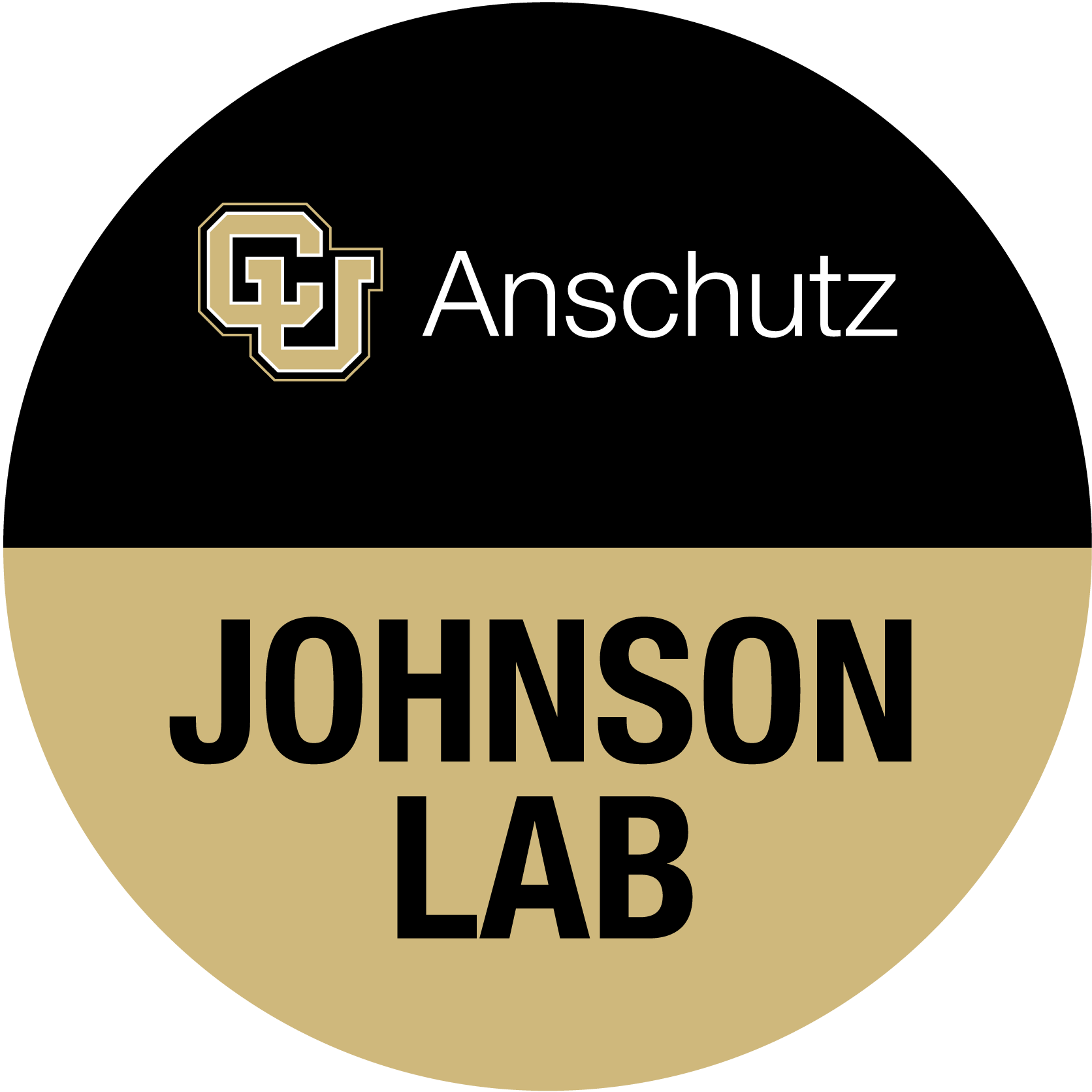Johnson Lab
CU-Anschutz School of Medicine Website
Our laboratory is part of the Division of Reproductive Sciences and the Division of Reproductive Endocrinology within the Department of Obstetrics and Gynecology at the University of Colorado Anschutz Medical Campus in Aurora, Colorado. Our overall goal is to improve the health and well-being of women. In one central project, we are investigating mechanisms that lead to accelerated female reproductive aging, which can manifest when ovarian function ceases early in life relative to the expected time of menopause. Our group is focused on mechanisms that control primordial follicle growth activation (PFGA). The reason for this focus is that the rate of loss of the primordial reserve of follicles determines whether a woman will experience a ‘normal’ duration of ovarian function, or instead, face primary ovarian insufficiency (POI) where ovarian function ceases before the age of 40.
Approximately 1 in 250 women will experience POI prior to age 35, and 1 in 100 prior to age 40, An additional 5% of women experience ovarian failure between 40 and 45 years, outside the definition of POI. In combination, the cost of POI to individuals and to society is extraordinarily high. If afflicted with POI, women can face decades of increased risk for these problems of aging and their treatment limitations. Further characterizing the mechanism(s) that drive PFGA and thus ovarian aging will fill major gaps in our understanding of this critical biological process. This may lead to future interventions to slow ovarian aging and improve the health of women.
Recent Publication(s) through Spring 2025!
We have an ongoing collaboration with Dr. Sean Lawley of the Department of Mathematics at the University of Utah and Dr. Jay Emerson of the Yale University Department of Statistics and Data Science. We worked with Dr. Kutluk Oktay to determine if our modeling approach could be applied to the question of how cryopreserving human ovarian cortex tissue might be used to extend the duration of ovarian function. Dr. Oktay’s vast experience with this procedure in the context of fertility preservation helped guide the project to this paper, Modeling delay of age of natural menopause with planned tissue cryopreservation and autologous transplantation., published in the American Journal of Obstetrics & Gynecology.
We have since expanded our consideration of different strategies under development that might extend ovarian function, and categorized approaches into those that either “slow” the loss of ovarian follicles, or, “boost” their numbers. This work was published this spring in Human Reproduction Update.
We’re also excited to get this paper out: Mapping stochasticity in aging processes: from worms to humans.. This work was led by student Adam Hruby, working with Drs. Ryo Sanabria, Max Thorwald, and Caleb Finch at the USC Leonard Davis School for Gerontology. Stochastic (“random”) processes are supported as being involved in how ovarian follicles behave (previous blog post: Randomness in ovarian aging blog post), and it has been wonderful to interrogate the broader “stochastome” with these USC researchers.
Older publications: through January 2024:
Our paper with Drs. Nanette Santoro and Mary Sammel in Science Advances shows that identical modeling conditions of human primordial follicle behavior give rise to both the menopausal transition distribution (menstrual cycles become irregular by 7 days) and the age at natural menopause distribution(menstrual cycles cease) in women.
Earlier recent publications in this area are: 1. “Recapitulating Human Ovarian Aging Using Random Walks” in PeerJ, 2. “Why is there an ‘oversupply’ of human ovarian follicles in newborn girls?” in Biology of Reproduction and 3. “Slowest first passage times, redundancy, and menopause timing” in the Journal of Mathematical Biology. The last of these is very mathematics-intensive, but the paper has some information for the interested reproductive biology audience!
It is very well known that newborn girls can have upwards of a million primordial follicles, but of that large number, only a few thousand should be needed to keep adult ovarian function going, and only around 500 will likely ever ovulate an egg. If the mechanism that controls primordial follicle growth activation is stochastic, or “random,” the large numbers of follicles early in life can keep a steady supply of growing follicles for decades! Experimental data is needed to further probe this question but the mathematical analysis is a great first step.
These papers draw upon our prior work that identified the Integrated Stress Response pathway as a regulator of the cell cycle in ovarian follicles, and modeled dormant primordial ovarian follicles as undergoing random walks versus a threshold of growth. Remarkably, simulating hundreds of thousands of primordial follicles in this way recapitulates both the known pattern of follicle loss during aging, and also, the distribution that women undergo menopause. New insights are working their way through our pipeline with implications for ovarian physiology and perhaps, with some clinical implications for ovarian aging! Two papers in this area are currently under peer review, very excited to get back reviewer comments!
Background: How random is ovarian aging?
For some general background, here’s a blog post for a more general audience here. The post puts our recent work into context with several excellent “historical” publications, and argues that ovarian aging may arise as an “emergent behavior” that results from the action of individual primordial ovarian follicles. Is the mammalian ovary “a non-trivial, emergent, self-organizing system, with limited adaptive capacity?” Publications in this area are discussed below:
Female Pelvic Floor
In a collaborative project with Dr. Kathleen Connell of the CU-AMC Division of Urogynecology and Pelvic Floor Surgery, we are also investigating mechanisms that lead to the degeneration of pelvic floor support structures. We are focused on the cell and tissue biology of pelvic floor ligaments, as well as their biomechanical properties. Our goals here are to uncover preventative strategies to lessen the incidence of pelvic floor organ prolapse, and also reduce the recurrence of the condition. Dr. David Orlicky of the CU-Anschutz Department of Pathology led recent collaborative studies where we evaluated steroid hormone receptor expression in uterosacral ligament specimens.
